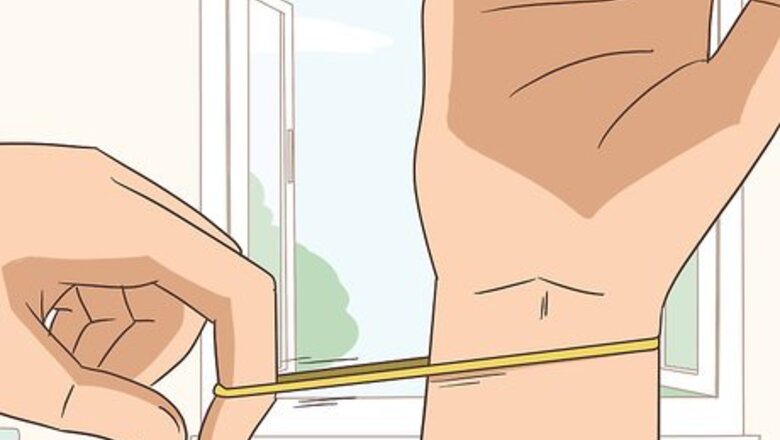
views
Imitating Pain
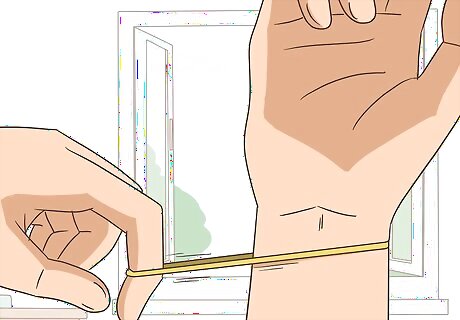
Try using a rubber band. Snapping a rubber band against your skin can be a great way to get the same effects as self-harm without creating long-term damage. Simply place a rubber band against your arm or leg and snap it. You can do it as many times as you wish, but do not use the same spot more than six or seven times, as it might start to seriously irritate or break your skin.
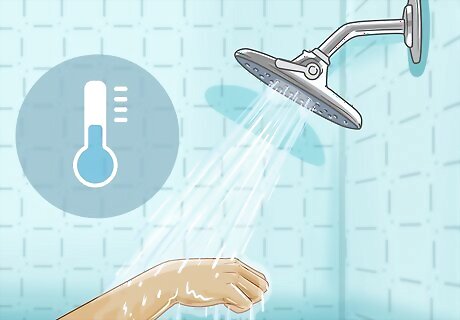
Take a cold shower. When you feel the urge to self-harm, instead take an ice-cold shower. Sit under the cold water until the urge goes away. The cold water can be a distraction or cause physical pain to get the release that you need without causing long-term damage.
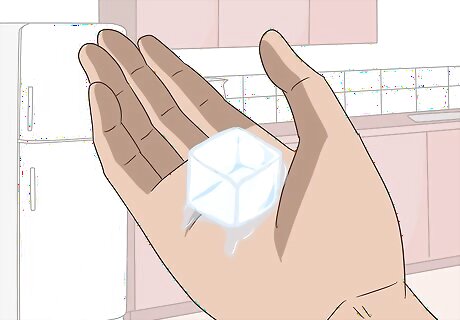
Use ice. Get an ice cube and squeeze it in your hand for as long as possible. Let go when you need to, and start over when you want. Try rubbing the ice on your wrists or forearms. If seeing blood is a satisfying part of cutting, make ice cubes red with color dye. Squeeze the red ice cube until it begins to melt and watch the color dye run down your arm.
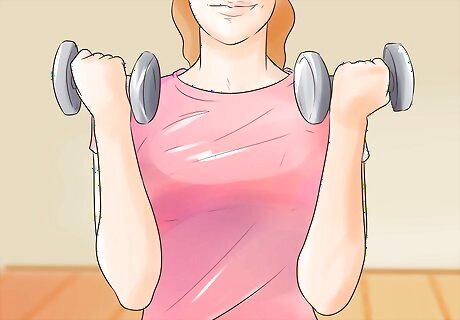
Exercise. Exercise is a great way to make yourself feel better and exhaust yourself at the same time. Instead of finding pain or relief through self-harm, find it through exercise. Running is a great way to completely exhaust your body. You will definitely feel the pain but in a non-self-destructive way. Activities such as boxing, martial arts, or lifting weights are great ways to release negative emotions. However, if you don't have the equipment to work out, you can do something like sit ups or push-ups which require no materials.
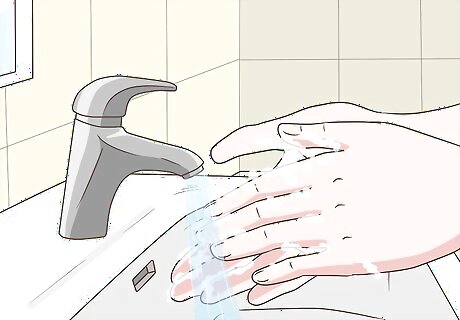
Wash. Instead of cutting, wash the part of your body you would normally cut. Keep scrubbing until the urge goes away. You can use a good smelling body wash or scrub to trigger your senses and make the experience more soothing. Start off scrubbing hard, but move to be more gentle as the urge leaves.
Using Painless Alternatives
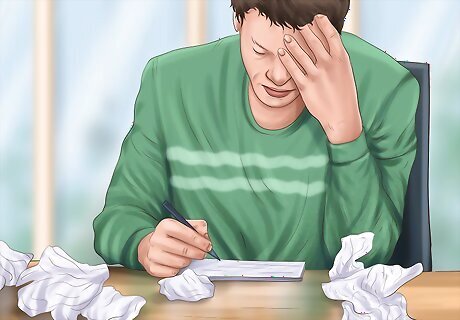
Crumble paper. It can be satisfying to crumble up a piece of paper to let out any frustration or anger you may have. Crumbling paper can be a great release while not causing you any harm. You can draw or write your feelings down on the paper before you crumble it to let yourself move past those feelings.
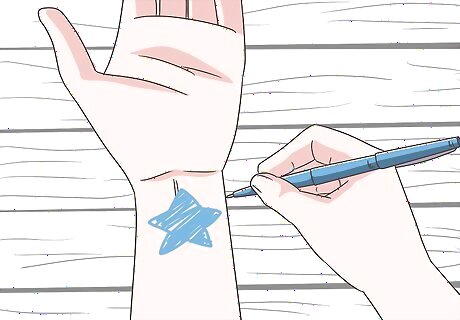
Scribble on yourself. This is best done with a washable marker, preferably red, but any color works. Use the marker to scribble where you would normally cut. You can draw designs or just scribble. You can draw, write words, or make pictures instead of cutting. Another satisfying part is watching the marker wash off. Hold your skin under warm water and watch the marker disappear.
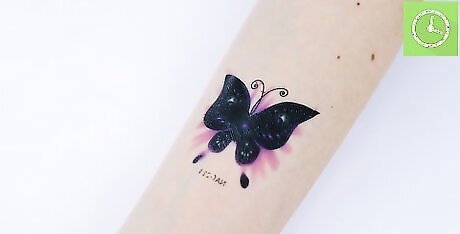
Try the Butterfly Project. Grab a pen or marker of any color. Use it to draw butterflies where you would normally cut. Label the butterflies with the name of somebody you love. Keep the butterflies on for as long as you want and redraw them when you need to. Try to keep the butterfly safe by not cutting it. If you cut, think of it as hurting the butterfly.

Socialize. Surround yourself with your loved ones. It's much harder to self-harm when you are around friends or family. Being around other people is a great way to keep yourself safe and even change your mood. Friends can be a great distraction or a coping mechanism.
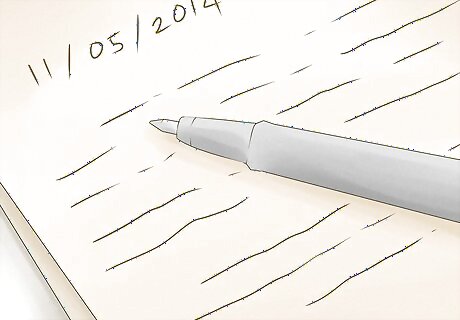
Write about the urge. Instead of channeling your energy into cutting, channel it into writing about the feeling. You can even just list words describing how you feel. Putting a name to these feelings can be extremely useful.
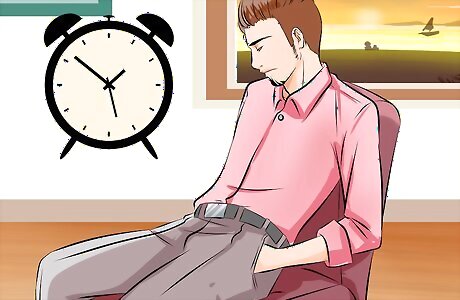
Commit to waiting. Self-harm is a very impulsive thing to do. When you get the urge, make a promise to wait it out. Just wait twenty minutes, and the urge might be gone. If it's not gone when the time is up, try it again. While you wait, you can do something to distract yourself. Try calling a trusted friend, making something to eat, going for a drive, taking a bath, or reading. Anything to get your mind off it. The urge will lessen and pass.
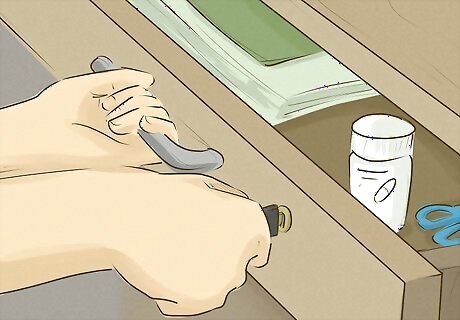
Take away the temptation. Many people use the same object to self-harm, it will be harder to repeat this behavior if the object is gone. Get rid of it when you are not in a negative headspace, as they will be harder. A great way to discard of your object is to give it to someone you trust, like a friend or family member. This won't eliminate the problem, but it will make it easier.










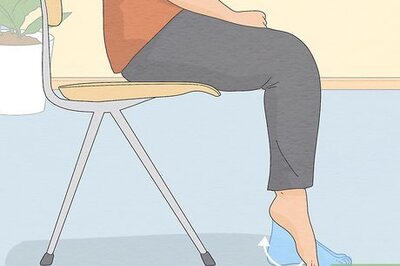







Comments
0 comment